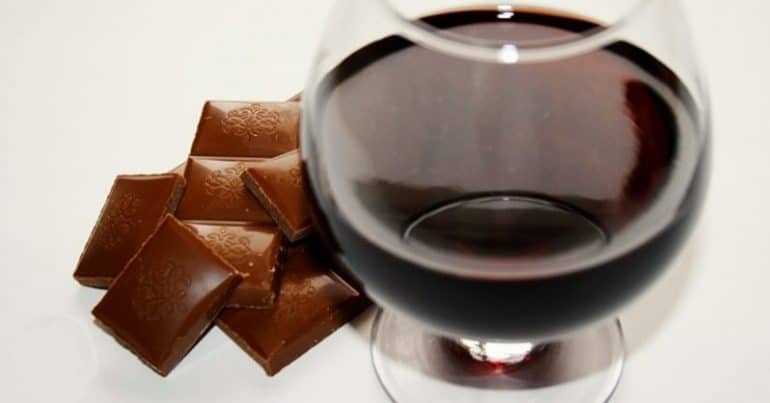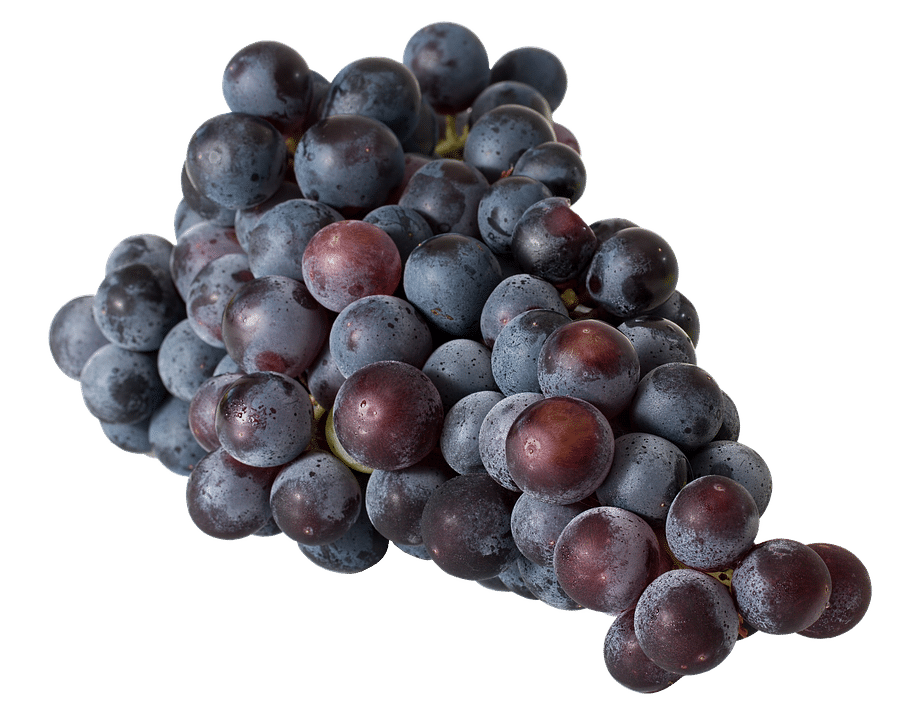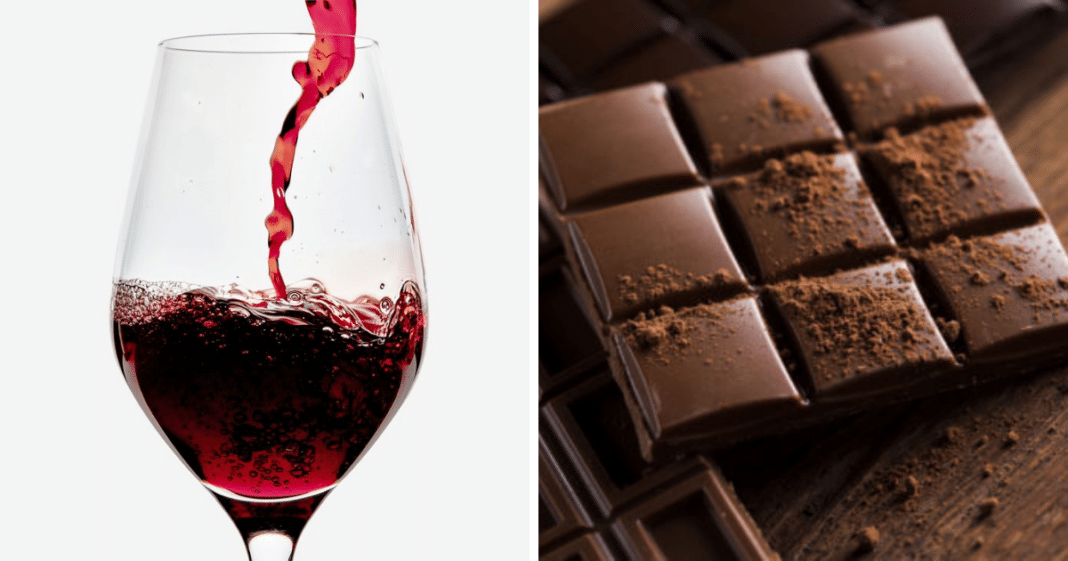Wine and chocolate lovers can now rejoice! Scientists say that there are numerous health benefits to eating dark chocolate and drinking red wine.

The benefits, according to scientists, are due to the presence of a chemical called resveratrol, a polyphenic bioflavonoid antioxidant produced by individual plants. Resveratrol is classified as a phytoestrogen since it can positively interact with estrogen receptors.
The most natural sources of resveratrol are plants such as the skin of red grapes, cocoa, and dark berries like blueberries, lingonberries, mulberries, and bilberries.
Very Well Fit notes that several studies are researching the positive effect resveratrol has on the heart, brain, and lifespan.
These benefits were discovered in 1992. However, the latest research doesn’t confirm whether or not resveratrol supplements contribute to helping us live longer and lowering the risk of cancer and heart disease.
But, if you still want to know if a glass of red wine or a piece of dark chocolate will benefit your health, scientists have found the perfect answer to the question.

According to them, dark chocolate, red wine, and some berries will reduce inflammation and strengthen the heart. Plus, there are other beneficial compounds in these founds which also increases their power.
Dr. Eva Latorre, a Research Associate at the University of Exeter, carried out several experiments involving the benefits of resveratrol. And the scientist expressed surprise by her findings:
“When I saw some of the cells in the culture dish rejuvenating I couldn’t believe it. These old cells were looking like young cells. It was like magic,” she said. “I repeated the experiments several times and in each case the cells rejuvenated. I am very excited by the implications and potential for this research.”
The doctor duplicated the tests several times, and she got rejuvenated cells every time. This magical experiment delivered hope and new possibilities for improving human health.
Professor Lorna Harries, Professor of Molecular Genetics at the University of Exeter, has all the details about mRNA splicing. The professor explains that the information within your genes is carried in your DNA. Every single cell in your body takes the same gene. However, she notes that not every gene is switched on in every cell. This is the reason why your kidney cells are specifically kidney cells for example.

When genes are needed, the cell turns them on and makes an initial message (RNA) that has all the instructions the genes will need. It’s also interesting to note that the genes can carry more than one message.
The first message consists of building blocks that are either included or left out to make messages. mRNA splicing a process in which building blocks are removed and can be joined together if necessary.
The professor concurs that this is actually a recipe book. In other words, mRNA splicing allows you to make your dessert vanilla sponge or a chocolate cake. It just depends on your willingness to add the right ingredients.
The proteins that decide whether DNA blocks are left in or taken out of cells (splicing factors) change as you age.
In other words, treating old cells with molecules known to boost the levels of the splicing factors results in rejuvenation.
Telomeres are the caps on the ends of each chromosome that shortens as we get older. The rejuvenation process leads to growth within the telomeres.

These findings are incredible and represent the first step to prolonging human lifespan without negatively impacting overall health.
So what’s the link between the changes in splicing factor levels and cell rejuvenation? That’s a question scientists are working hard to answer. The truth is there’s so much more research to be done on this promising discovery.
Here are a few other benefits scientists have discovered:
- – Protects against oxidative stress thanks to its antioxidant action. This is important as oxidative stress causes complications in diabetics.
- – Reduces inflammation which is helpful in those dealing with chronic diseases including diabetes.
- – Activates AMPK, a protein that assists the metabolism of glucose. Activated AMPK normalizes blood sugar levels.
Due to its antioxidant effect, resveratrol can be used as a supplement for high blood pressure. A 2015 review found that high doses of resveratrol lower blood pressure on the artery walls when the heart beats. In medicine, systolic blood pressure measures the pressure in your blood vessels as your heart beats. It’s the upper number in blood pressure readings.
High systolic blood pressure is more common in elderly patients as arteries become stiffer. Elevated systolic pressure increases the risk of heart disease. However, resveratrol lowers blood pressure by producing more nitric oxide. This substance relaxes blood vessels thus improving blood flow.
Therefore, if you want to avoid excessive consumption of red wine, but still increase your resveratrol intake, you can do so by consuming more dark chocolate, grapes, plums, raspberries, cranberries, grape tomatoes, Japanese knotweed (Polypodium cuspidatum) pomegranate, grape seed extract, Cissus quadrangularis, and white mulberries (Morus alba).

